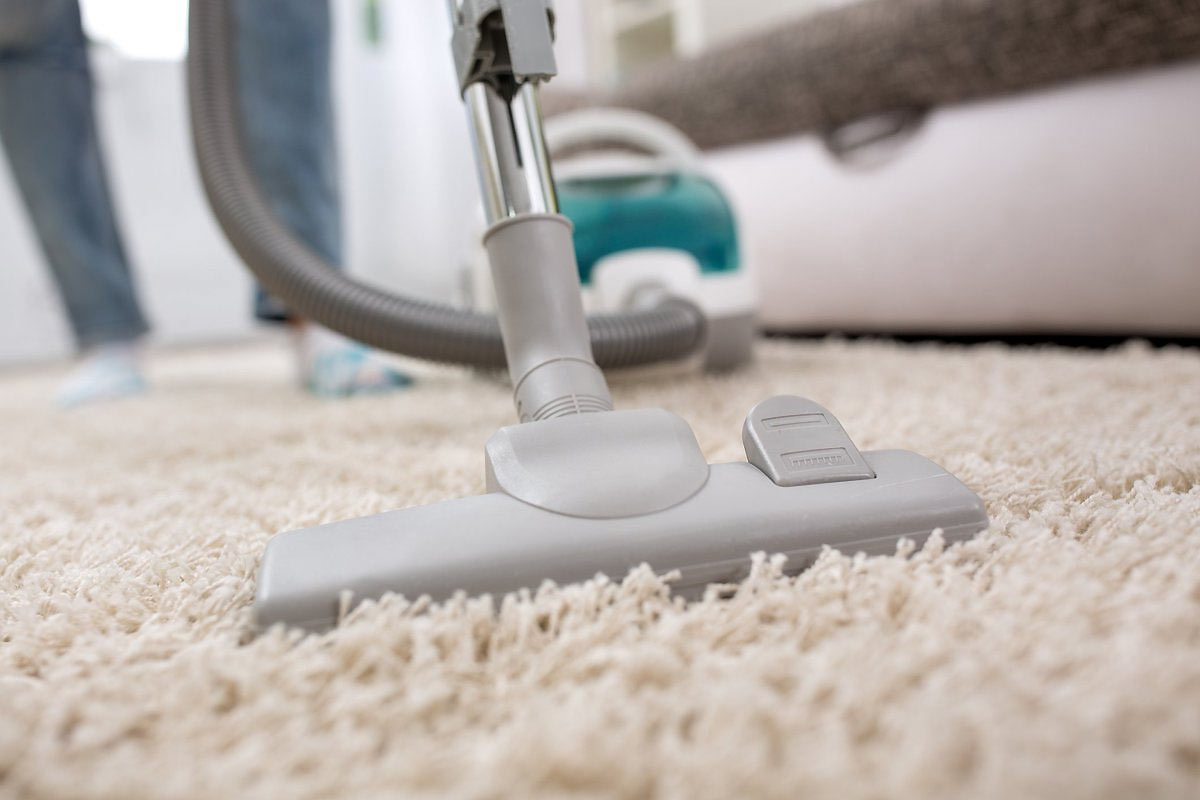
Understanding Your Vacuum Cleaner Specifications
Do you have a plan to invest in a new vacuum cleaner? Most probably you are looking for one that has adequate power to do your house cleaning job. You could also be looking for one with predictable performance. Whatever is in your mind, I am going to show you what to look for when choosing from the various vacuum cleaners on the market, one that fits your needs. What then do the numbers and specifications you see on a vacuum cleaner mean to you?
Cleaning capabilities of a vacuum cleaner is not just how much suction power it has, even though this happens to be one of the elements that counts when looking for good performance.
There are a number of factors if clearly understood will guide you in making an informed decision on the type of vacuum cleaner you want that gratifies your home cleaning needs.
Power: The motor is the main component of any vacuum cleaner. Its power rating is measured in watts, amperes or horsepower. The higher the motor rating, more suction power is generated. However, suction power will depend on a combination of other factors including:
- Settings and suction mode of the motor and cylinder of a vacuum
- Whether the bin or the bag is full – a bag filled with dirt will slow down air flow.
- Whether the filters are cleaned at regular times – dirty, clogged filters increase resistance to airflow
- Whether the dust bag has a large surface area –large size vacuum cleaners come with large dust bags that promote more air flows through them. Large size vacuum cleaners have the better cleaning ability compared to the medium or compact size ones
Water Lift: This term refers to how many inches a sealed suction of a vacuum cleaner can lift vertically a one inch column of water. This is the power the vacuum has to lift or pick dirt from the surface of your floor.
A vacuum cleaner with a high lifting rate has a higher performance rating.
Airflow: This is the most significant specification to consider when you want to determine the cleaning capability of any vacuum cleaner. The more airflow you have, the better the ability of the vacuum cleaner to clean. Measurements of airflow a of a vacuum are done without other accessories connected to it.
There are factors that affect airflow that can lead to reduced vacuum performance. These include:
- The surface on which the vacuum cleaning tool meets the floor or other cleaning surface, could restrict the airflow
- As the dust bag fills during cleaning, resistance to airflow is increased
- Clogged filters from accumulated dirt will restrict airflow
Filters: Accumulation of dirt from use of a vacuum cleaner over a prolonged period without cleaning, leads to filters getting clogged with dirt. This reduces flow of air, thus, affecting vacuum cleaning ability. HEPA (High-Efficiency Particulate Air) vacuums for instance contain filters capable filtering extremely small particles. These types of filters are prone to clogging and require frequent changing to minimize resistance to air flow.
The vacuum dust bag is part of the filtration component that has significant influence on airflow. The larger the surface area of the bag the easier the flow of air. Traditional paper type bags are slowly being replaced with other type of materials that have the capability of filtering smaller dust particles but allowing free flow of air.
Cleaning Tools: Look for vacuum cleaning tools that agitate and remove dirt, pet hair and other particles from your carpet or other floor surfaces. Identify those powered vacuum nozzles that help you reach and clean difficult areas like under the furnitures and corners. Use of these tools guarantees optimal cleaning results.
Capacity: A large size vacuum cleaner will give you the desired cleaning ability. Your level of cleaning will be high when you use a vacuum cleaner with bigger capacity. As you have read, a larger dust bag will allow better airflow, leading to acceptable cleaning results.
Noise: A good vacuum cleaner is one that produces noise at a level that is comfortable to your ears while cleaning. Low noise cleaners are rated at levels of around 60 decibels (dB). Your conversation at home is rated at 50 dB. Vacuum cleaners with acceptable noise are rated at 77 dBs which is still pleasant for you to work with. When buying go for cleaners rated below 80 dBs.
Features: Identify the various desirable features that you would want your cleaner to have. Find out if it includes features like, wands for adjusting height, enough cleaning radius, controls for varying speed, transition from carpet to hardwood, is it battery-powered, sensor-controlled, various cleaning modes, cordless and many other features.
Cost: A vacuum cleaner of better quality will cost more and will definitely deliver desired cleaning results.
Choosing your desired vacuum cleaner does not have to be difficult. What you need to know is its specifications and performance. Identify from the various types of vacuum cleaners available in the market, one that fits your needs.

